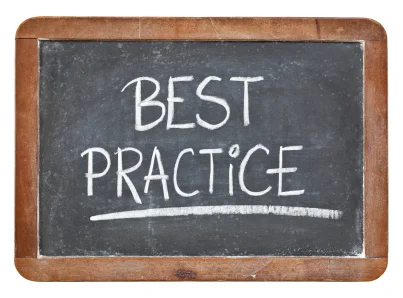Principles of PR: Creating Knockout Pitches
It comes as no surprise that editors are incredibly busy people with little time to indulge in lengthy conversations for story ideas. The hallmark of an inexperienced PR person or unwitting vendor is to pepper the press with unwanted phone calls. At a recent Associated Press event, the message was loud and clear: Put down the phone. Good emails make for the best pitches – giving the editor just what they need to craft a story plus the ability to bookmark the idea for later. The tough part is getting your pitch read. Consider the following tohelp your story stand out in the inbox:
- Pitch to the Catcher – Remember, the pitcher and catcher play for the same team. National editors won’t consider most local stories while regional editors might not have resources for larger issues. Make sure you are pitching to the right editor before you get started.
- Get Thee to Google – Before you even craft the pitch, head on over to Google and search for your story idea and the target publication. Already been done? Go back to the drawing board and give your pitch a fresh spin before making contact.
- Check the Calendar – Most publications have at least a rough editorial calendar in mind throughout the year. Keep an eye out for new product launches, thought leadership ideas and major company announcements – and don’t forget to factor in lead time! Your time-frame isn’t the same as that of the press.
- Know Your Lead – Do you know what story you’re pitching? Look one more time just to be sure. Then, write the subject line for your pitch – think of it as the article’s headline. The more appealing the subject line, the more likely your pitch will be read versus deleted.
- Set the Scene – Not every pitch sounds like a winning story right off the bat. Use some ingenuity – the resurgence of riverboat cruises down the Mississippi River sounds like a local travel piece until you consider a larger context – think Mark Twain, Huck Finn, and the American Dream.
- Truncate it, Tweet-Style – Twitter’s charm boils down to 140 characters. Whittle your pitch into to something snappy. Enough said. (By the way, this bullet is 134 characters.)

